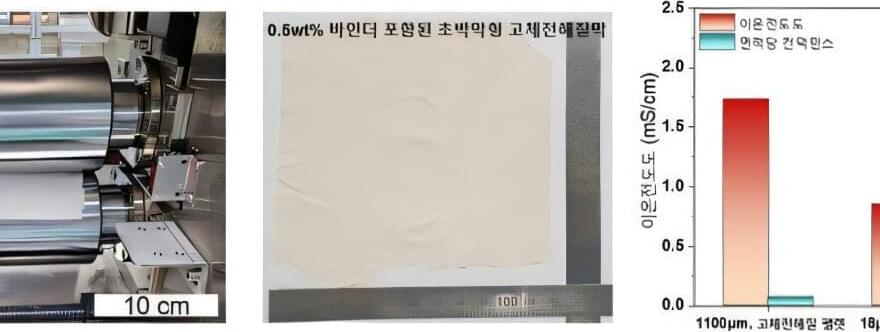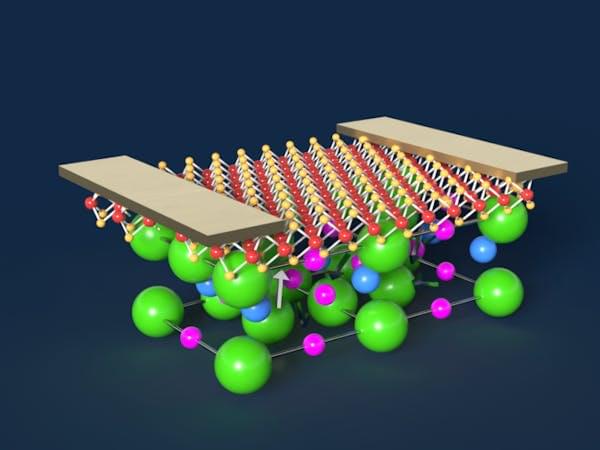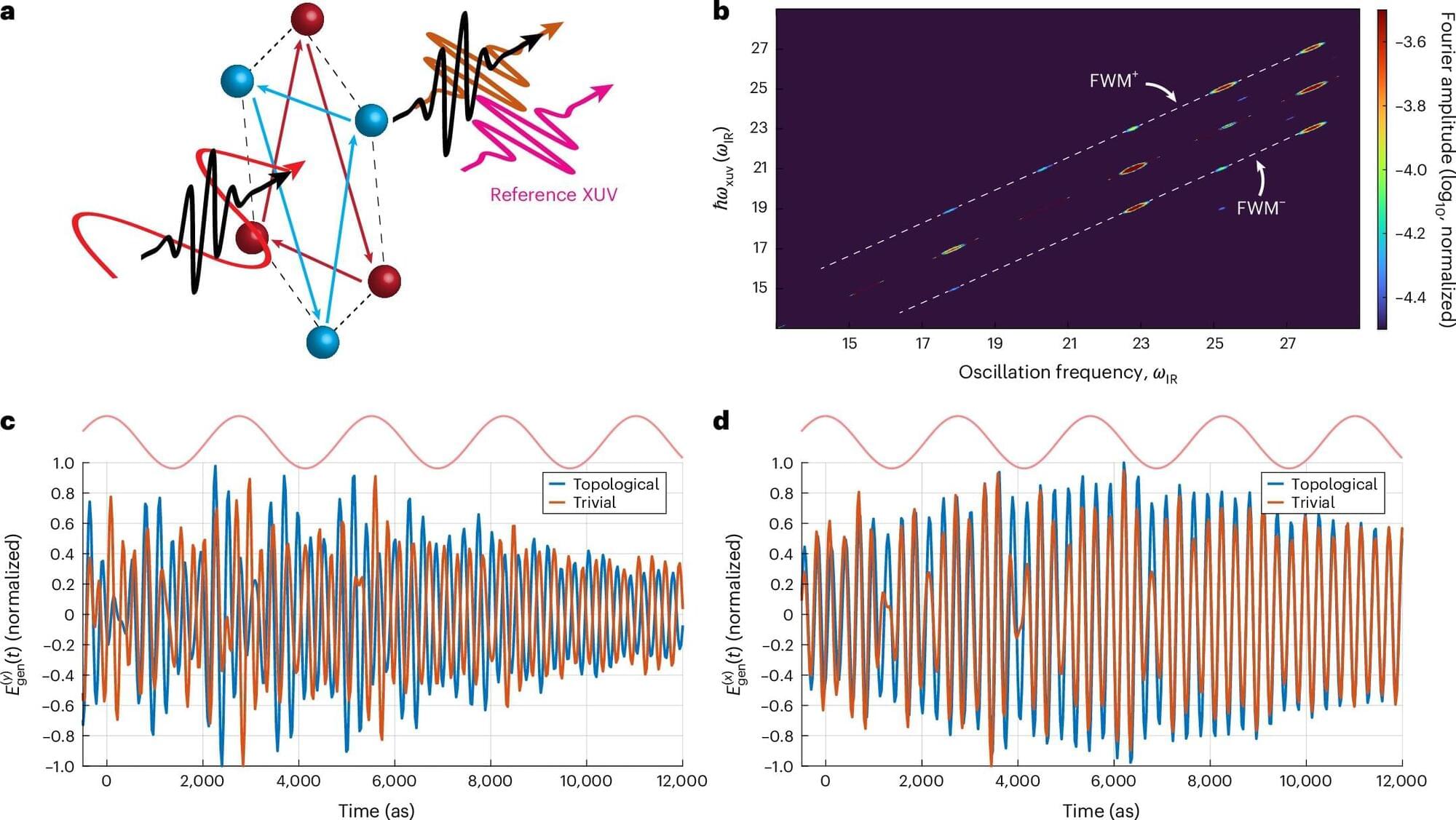“‘Incipient ferroelectricity’ means there’s no stable ferroelectric order at room temperature,” lead author Dipanjan Sen explains of the property that the team investigated. “Instead, there are small, scattered clusters of polar domains. It’s a more flexible structure compared to traditional ferroelectric materials.”
Typically, the “relaxor” behavior of incipient ferroelectric materials at room temperature is a drawback, making their operation less predictable and more fluid — but the team’s breakthrough was to approach it as an advantage instead, showing how it could be of use in devices like neuromorphic processors that increase machine learning and artificial intelligence performance by processing information like the neurons in the human brain.
“To test this,” co-author Mayukh Das says, “we performed a classification task using a grid of three-by-three pixel images fed into three artificial neurons. The devices were able to classify each image into different categories. This learning method could eventually be used for image identification and classification or pattern recognition. Importantly, it works at room temperature, reducing energy costs. These devices function similarly to the nervous system, acting like neurons and creating a low-cost, efficient computing system that uses a lot less energy.”









